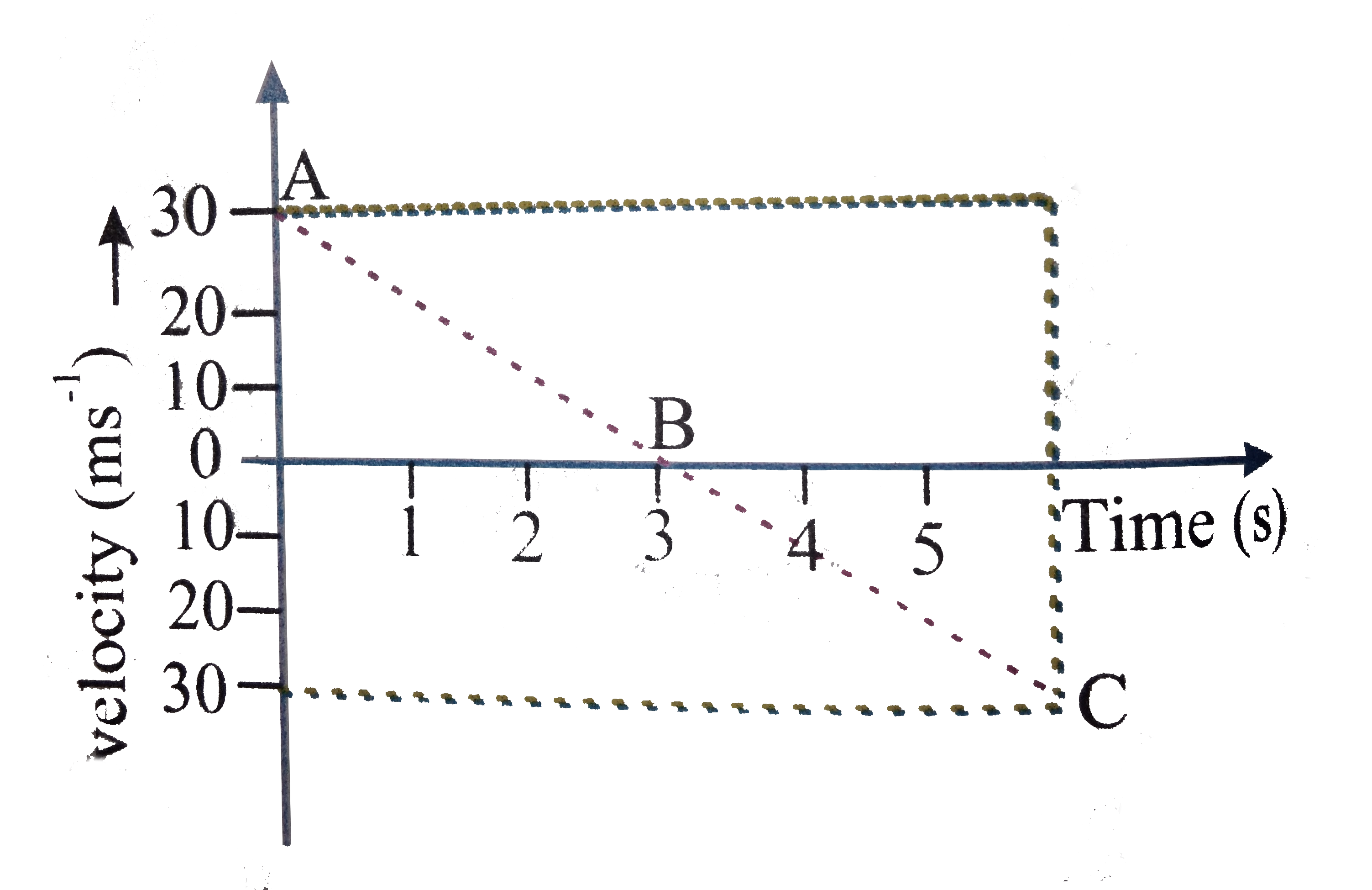A stone is dropped freely, while another thrown vertically downward with an initial velocity of 2ms−1 from the same point, simultaneously, The time required by them to have a distance of separation 22 m between them is
11s
5.5s
44s
22s
The correct Answer is:A
Topper's Solved these Questions
- KINEMATICSBOOK - AAKASH SERIESCHAPTER - KINEMATICSEXERCISE - PRACTICE SHEET (EXERCISE-VII)(Relative Motion) (LEVEL-II) (Straight Objective Type Questions)
3 Videos
- KINEMATICSBOOK - AAKASH SERIESCHAPTER - KINEMATICSEXERCISE - PRACTICE SHEET (EXERCISE-VII)(Relative Motion) (LEVEL-II) (More than One correct answer Type Questions)
2 Videos
- KINEMATICSBOOK - AAKASH SERIESCHAPTER - KINEMATICSEXERCISE - PRACTICE SHEET (EXERCISE-VI) (Horizontal Projectile) (LEVEL-I) (Straight Objective Type Questions)
10 Videos
- HORIZONTAL CIRCULAR MOTIONBOOK - AAKASH SERIESCHAPTER - HORIZONTAL CIRCULAR MOTIONEXERCISE - ADDITIONAL PRACTICE EXERCISE (PRACTICE SHEET (ADVANCED) Integer Type Questions)
3 Videos
- KINETIC THEORY OF GASESBOOK - AAKASH SERIESCHAPTER - KINETIC THEORY OF GASESEXERCISE - Practice Exercise
15 Videos
Similar Questions
A stone is dropped freely while another thrown vertically downward with an initial velocity of 4 m/s from the same point simultaneously. The distance of separation between them will become 30 m after a time of
View SolutionTwo balls are dropped simultaneously from two points separated by a vertical height of 6 m. The distance of separation between them after next 2s is
View Solution
Knowledge Check
A ball is dropped freely while another is thrown vertically downward with an initial velocity v from the same point simultaneously. After t second they are separated by a distance of
Avt2B12gt2CvtDvt+12gt2A stone is dropped from the top of a tower and one second later, a second stone is thrown vertically downward with a velocity 20ms−1. The second stone will overtake the first after travelling a distance of (g=10ms−2)
A13mB15mC11.25mD19.5mA stone is dropped from the top of a tall cliff and n seconds later another stone is thrown vertically downwards with a velocity u. Then the second stone overtakes the first, below the top of the cliff at a distance given by
Ag2[n(gn/2−u)(gn−u)]2Bg2[n(gn−u/2)(gn−u)]2Cg2[n(gn−u/2)(gn−u/2)]2Dg2[gn−ugn−(u−2)]2
A stone is dropped from the top of a tower and one second later, a second stone is thrown vertically downward with a velocity 20ms−1. The second stone will overtake the first after travelling a distance of (g=10ms−2)
View SolutionFrom a high tower, at time t=0, one stone is dropped from rest and simultaneously another stone is projected vertically up with an initial velocity .The graph of distance S between the two stones plotted against time t will be
View SolutionA stone is dropped from the top of a tower and one second later, a second stone is thrown vertically downward with a velocity 20ms−1. The second stone will overtake the first after travelling a distance of (g=10ms−2)
View Solution
The velocity-time graph of a stone thrown vertically upward with an initial velocity of 30ms−1 is shown in the figure. The velocity in the upward direction is taken as positive and that in the downward direction as negative. What is the maximum height to which the stone rises?
View SolutionFrom a high tower, at time t=0, one stone is dropped from rest and simultaneously another stone is projected vertically up with an initial velocity .The graph of distance S between the two stones plotted against time t will be
View Solution
